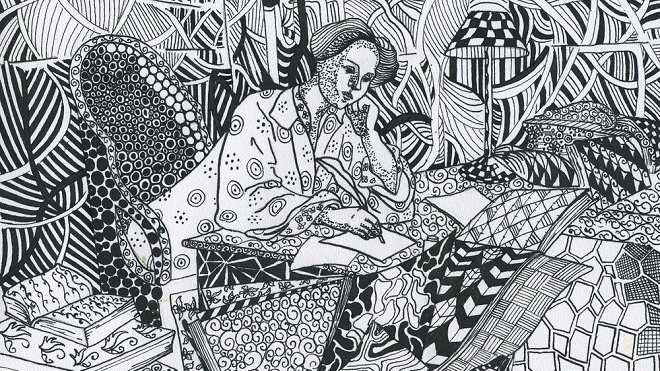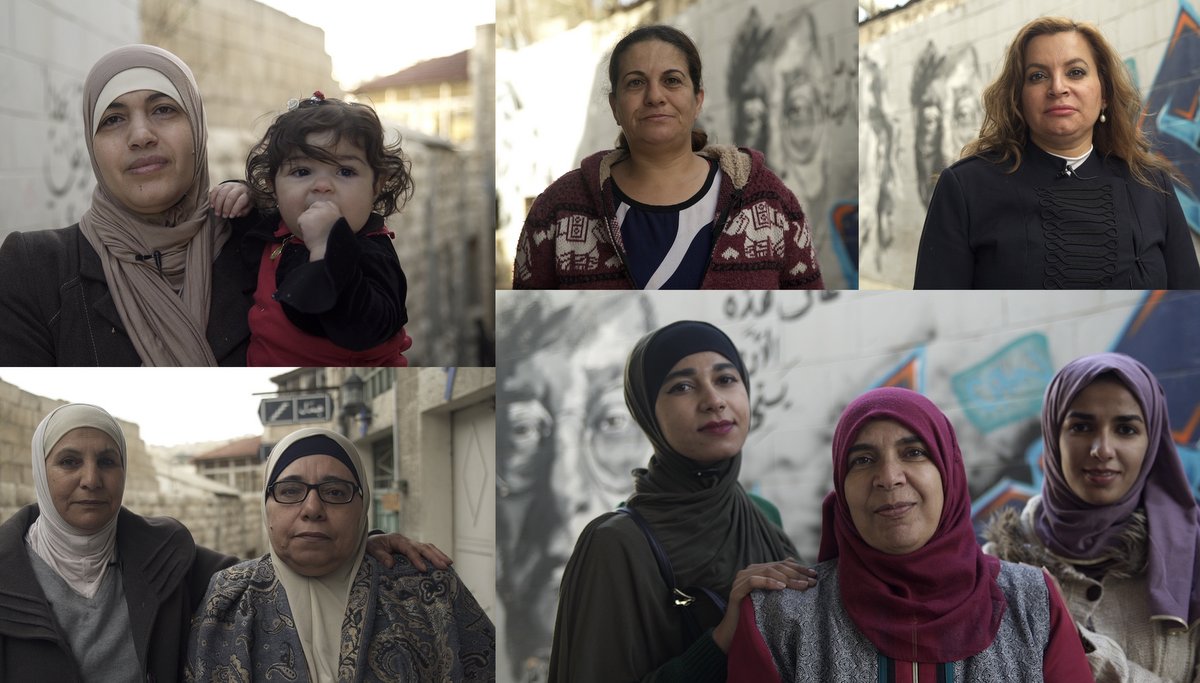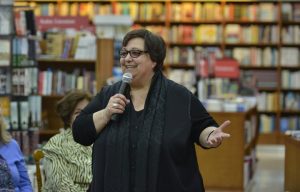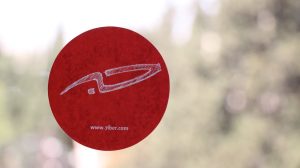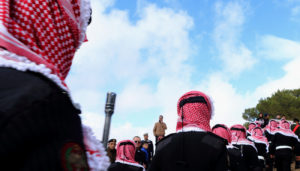*This post also appeared on Arabic Literature (in English) on February 11, 2014. 7iber and Arabic Lit are collaborating on covering the International Prize of Arabic Fiction (Arabic Booker). To read reviews and interviews, click here.
By Siwar Masannat
The defensive stance the judges and Chairman of the IPAF Trustees took in response to questions regarding diversity and identity echoed the notion that novels are selected due to their merit, and based on: “literary or artistic criteria” (Ibrahim), “strength of narrative structure and use of creative language, and concurrently, less flaws” (Karram), and “innovation in the techniques of narration and exposition” (Albazei).
Perhaps the most reasonable claims were made by Libyan journalist and writer, Ahmed Alfaitouri, who referred to himself as the “voice of the novelists” in the judging panel. Alfaitouri asserted that “prizes do not endow a work of fiction actual value. Rather, they are more celebratory than critically evaluative. When we say we have looked at more than 150 manuscripts with objectivity and rationality, we mean that each of these works is understood impressionistically, exclusively, and momentarily.”
According to Abdullah Ibrahim, there was a large percentage of novels written by women in the list of nominated books; however the process of “literary purification” culminated in the exclusion of a lot of works that did not exhibit “the artistic criteria”. That said, the short list does include one “lady” writer.
“We evaluate works based on artistic criteria exhibited in them, and not according to the writer or the country to which they belong.” said, Ibrahim.
I find this statement extremely dismissive in terms of identity, and specifically gender identity, in relation to writing style. When societies marginalize and discriminate against their members according to identity, holding a constricted (read: male, masculine, and heteronormative) identity model as the “norm” or “default” against which “other” identities are evaluated, judged, and measured, who is to say that works by women do not exhibit “artistic elements” that intentionally deviate from the “male, masculine, heteronormative”criteria particularly due to their lived experience and identity position in society? Actually, Ibrahim never really defines the “artistic criteria” according to which he performs his “literary purification”.
In writing and composition theories, macroscopic (context, holistic text, narrative, etc) and microscopic (semantics, grammatical stylistics, vernacular, etc) elements tend to exhibit relations to cognitive and psychological elements associated with a writer’s identity (gender, sex, sexuality, culture, politics, nationality, etc). Is it not possible that women are perhaps capable of writing differently? Innovatively? And if they are, which is hard (and sexist) to logically deny, does this not mean that perhaps Ibrahim (if not others, as well) did not consider that when making this statement?
Identity may not (and perhaps should not) be an element in the interpretive and evaluative considerations we apply to texts; however, ignoring that identity perhaps plays a role, and that identity perhaps helps structure and shape a writer’s literary craft and aesthetic sensibility is irresponsible.
To mention the “large ratio” of women writers dismissed throughout the exclusion process definitely raises a red flag, for this reader and writer at least.
This is, by no means, a call for an affirmative action of a quota for women writers. Not at all. It is, perhaps, a call for courtesy in how such panels approach literary criteria, express their methodology, and defend the gender imbalance apparent in several (if not all) aspects of this prize.
Another problematic issue is how Ibrahim mentions a conflict between two methods of writing: what he describes as the “new eloquence” and the “traditional” method. He describes true mastery as the narrative representation of the reality of our societies, especially in terms of conflict and fragmentation/dissociation, and the inferior positioning of women in society. He describes “new eloquence” as a style that the previous generation is not used to encountering.
Again, here we have a problematic positioning of style/craft into two camps: “new eloquence” and “traditional”. This is narrow, if not completely reductive. Experimentalism, which might be an aspect that Ibrahim is implicitly referencing, does not manifest itself through one component of the literary text. Alongside the defensive and repetitive mention of privileging skill and literary craft over content and theme on the part of all attendees, this is a further narrow scope through which to view “literary criteria”.
In certain genres of experimental literatures, including the novel, content and form are not consistently easy to pull apart, co-dependence of aspects of the texts structurally–or de-constructionally– render form, shape, and aesthetics organically inseparable from theme, meaning, and content. For Ibrahim (and others) to make this claim about 150+ books certainly lacks a responsible acknowledgment of the diverse particularities of literary production, consumption, and appreciation; a serious issue for an “international” prize that celebrates the contemporary Arabic novel.
*To read this post in Arabic, click here.
** Featured image from Shutterstock.
